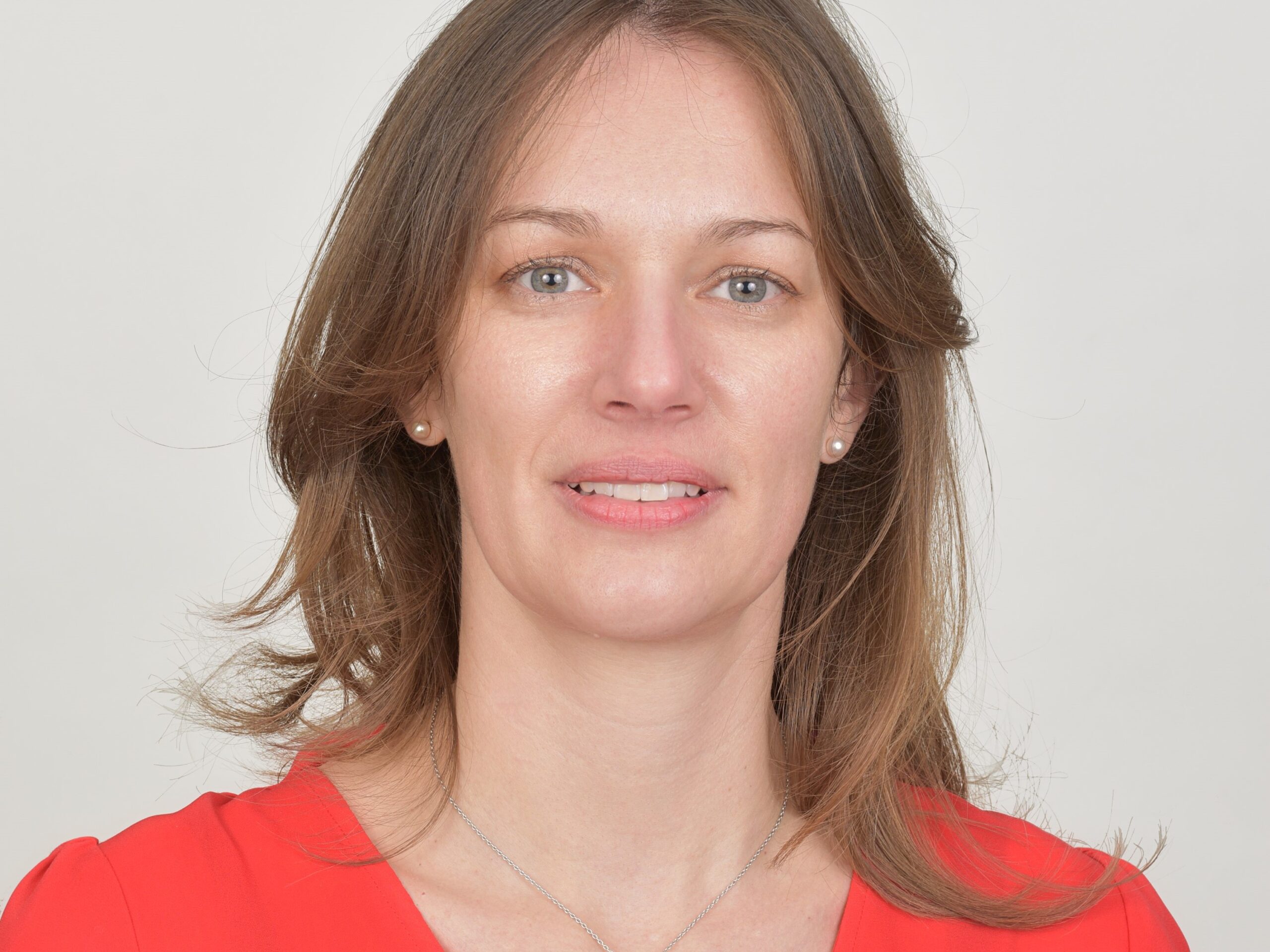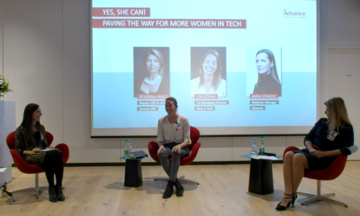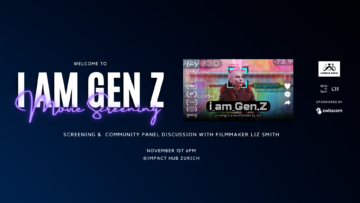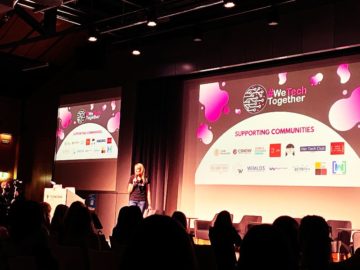Each month we have the honor of interviewing Women Who Inspire Us. This month we talked to Julie Picarel, a Senior Project Leader in Civil Engineering and BIM at Zurich Airport. Learn about Julie’s inspiring career path in the construction industry that has presented her with a number of challenges that allowed her to grow into an effective leader. What she loves most about her job is finding and developing solutions that work for people on the ground.
Tell us a bit about yourself, your background and your career.
It is usually easier for me to talk about technical things than to talk about myself. But I’ll give it a try: My name is Julie and I’ve been in Switzerland for 14 years, originally from France. I have two daughters, aged 8 and 11.
I have a background in civil engineering, specializing in water and wastewater systems. During my studies, I had the opportunity to participate in a student exchange program in Australia, where I studied groundwater and geology, which was a fantastic experience.
On my return, I looked for a job in France, but found it difficult to find a suitable position. Eventually I found a job in England, working for a private French company (Veolia Water) involved in the supply of drinking water to the North London area. Since the privatization of the water and sewerage industry in 1989, a regulatory framework has been in place to ensure that consumers receive a high standard of service at a fair price. This framework has allowed companies to invest in maintaining and improving assets and services. The industry also has to comply with the relevant legislation, while still seeking a high return on investment.
My role as a strategic planner and asset manager involved advising on repairs and renewals, particularly for drinking water pipes, with a strong emphasis on economic considerations. The use of GIS (Geographic Information System) proved to be a key aspect of this role, despite having minimal previous experience, as it involved working with network information across the entire service area. I spent five years in this position and gained valuable experience.
At a certain point, I was thinking about starting something new, so I made the decision to move here.
How did you navigate the transition to an engineering career in Switzerland?
When I entered the industry in Switzerland, I faced the challenge of speaking and understanding Swiss German. Despite my basic knowledge of German, I managed to secure a job in an engineering company, as the demand for engineers was high at the time. I worked there for 9 years, holding various positions from project manager to team leader and deputy head of department.
Interestingly, asset management in the drinking water business wasn’t a major concern in Switzerland, so I didn’t really focus on economic planning and GIS. However, my GIS background enabled me to develop various products related to infrastructure, focusing on road works, sewerage networks and maintenance of structures for clients such as city councils and municipalities. Managing a team of 12 people, including engineers and GIS specialists, I oversaw the development and procurement aspects of these products, ensuring the best possible asset management strategies were implemented.
In 2019, I moved to the civil engineering department of the canton of Zurich, where I was responsible for the strategic planning of the maintenance of 1,300 kilometers of roads. In addition, I was tasked with exploring the potential implementation of Building Information Modelling (BIM) for infrastructure projects. This role required a combination of engineering and GIS skills to understand the implications of BIM.
Implementing BIM isn’t just about adopting new tools; it requires a significant change in the way we work together. This proved to be a challenging task, especially in the Swiss public sector, where resistance to change is typically more pronounced due to a lack of economic pressure. My focus shifted to driving digital transformation, recognizing that the real challenge was in changing mindsets rather than simply adopting new technologies.
To support this transition, we set up the BIM Academy, working with external experts to train up to 90 people from the civil engineering department in BIM and digital transformation. We also developed best practice and guidance for designers and contractors to ensure that everyone was aware and correctly understood the additional requirements, so that each party could budget accordingly. By emphasizing the importance of collaboration and asking for help when needed, we aimed to foster a culture of continuous learning and adaptation.
I am currently starting a new role at Zurich Airport. In my combined role as a project manager and strategist, my main focus is to develop projects using the BIM methodology and to drive forward efforts to create and maintain a digital twin of the airport’s infrastructure.
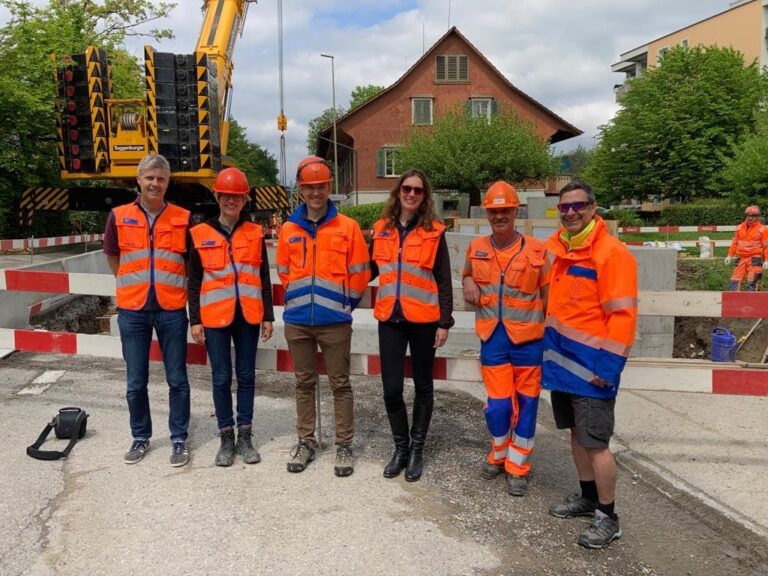
Implementing BIM isn’t just about adopting new tools; it requires a significant change in the way we work together.
What is the most challenging yet exciting thing in your professional life right now?
When I started from scratch with the topic of BIM in the canton of Zurich in 2019, I encountered a lot of resistance and skepticism. Now, four years later, I’ve managed to reach and convince many people, and they’ve come to realize that it is indeed feasible and beneficial to integrate current processes with BIM. People at all levels of the hierarchy have begun to understand the impact and feasibility of BIM.
Despite this progress, we’ve also hit a roadblock; while the lower ranks are eager for change and increasingly involved in numerous projects – from one to fifteen today – it’s the middle management that poses the biggest challenge.
The dilemma is to convince middle management to get fully involved, as they perceive minimal added value. Unlike project managers, who work directly with engineering teams and construction companies, middle management tends to be detached from these projects and their positive outcomes. They tend to see increased costs in terms of investment, resource allocation and staff training, but have little contact with the return on investment.
Convincing middle management has proven to be a challenging task. Strategies around GIS and BIM that transcend departmental boundaries require breaking through different levels of hierarchy. The people developing these strategies often find themselves somewhere at the bottom of the hierarchy, where their potential impact is limited.
The essence of BIM lies in its “I” – information. To be effective, BIM requires a data-driven strategy and a robust server infrastructure that overlaps with IT. The most challenging aspect is balancing the need for up-to-date technology for the construction operations and engineering departments with the IT department’s objectives of ensuring that the various software, hardware and networks work efficiently around the clock.
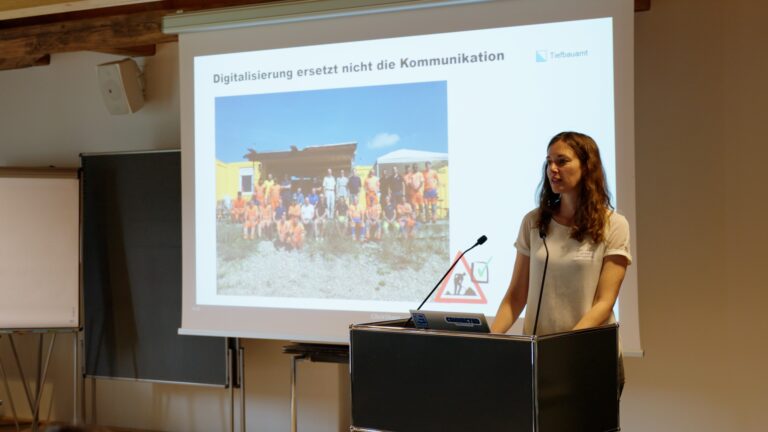
Strategies around GIS and BIM that transcend departmental boundaries require breaking through different levels of hierarchy.
When do you think that your work has the most impact?
When I was younger, I wanted to have a job that was meaningful and had a positive impact on society. As engineers, we look for solutions to best manage the infrastructure built by our predecessors, who often overlooked the importance and need for a maintenance strategy.
It’s vital to maintain infrastructure by utilizing its existing resources rather than undertaking costly rebuilds, especially given the environmental impact of new construction.
Looking to the next generation, it’s important to maintain our infrastructure for the future. I think about the wellbeing of my children and grandchildren and imagine a world where they can live in a safe environment. We often take amenities such as clean drinking water for granted, especially here in Europe. But maintaining infrastructure isn’t as easy as it seems, and engineers play a vital role.
This vision drives me to seek the most efficient solutions, using the latest technology to optimize processes and waste as little time and money as possible. I don’t consider myself a technology geek, but I like to use the best technology to be efficient and effective on a daily basis.
Have you heard any advice that changed your career?
Start by focusing on your own actions, rather than thinking about what others should do. Consider what steps you can personally take to move in a direction that is consistent with your goals and values. Leading by example is the essence of true leadership.
I prefer not to be in a management role where I have to supervise others. Instead, I want to work with people who demonstrate responsibility and initiative in their actions, ensuring that tasks are carried out correctly without constant supervision.
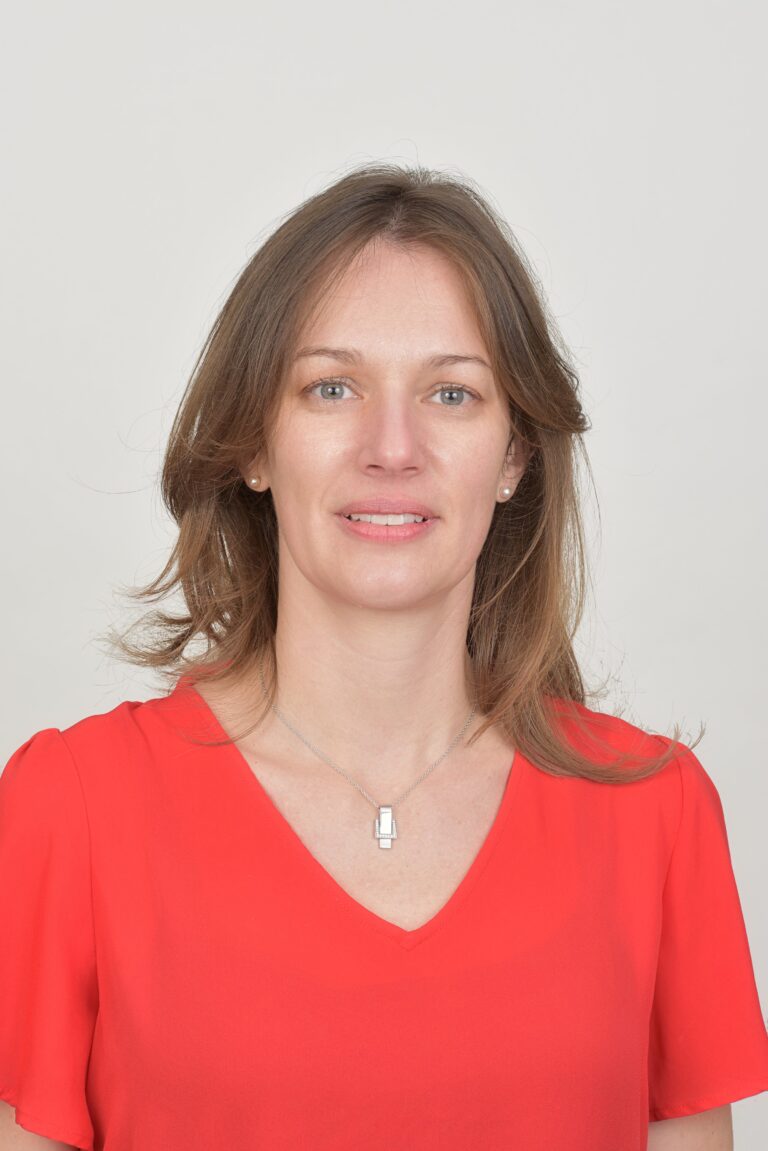
Leading by example is the essence of true leadership.
Why would you encourage others to work in tech or the construction industry?
Whatever the circumstances, engineering offers job security. It’s a field that’s always in demand. Engineers play a crucial role in both challenging and stable times, helping to shape the future. One’s impact as an engineer transcends one’s level of experience; even newcomers can make a difference, especially as new technologies emerge.
In my case, I now work at Zurich Airport as a senior project manager in the airfield maintenance department. Although I don’t travel a lot personally, I find it fulfilling to know that my work directly benefits people who do. Although our contributions may not always be widely recognized, knowing that we’ve made a meaningful impact on a smaller scale is immensely gratifying.
What’s one thing you would like to be doing or would like to have five years from now?
Maybe I should get more comfortable talking about myself instead of just focusing on technical issues (laughs). This interview is certainly a good opportunity to practice this skill.
Also, over the past few years I’ve learned to say no to certain requests or opportunities, but I don’t always feel comfortable doing so. I am beginning to trust my intuition more. Looking ahead, my goal is to reach a point where I can confidently say no without overthinking.
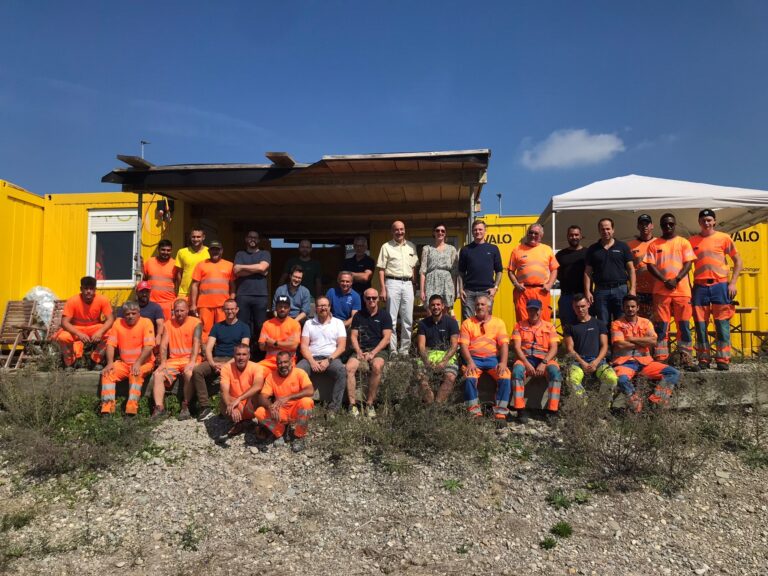
Engineers play a crucial role in both challenging and stable times, helping to shape the future.
What is your next challenge and what are you hoping to achieve in the future?
The contrast between my new position at the airport and my previous role at the Canton of Zurich is quite stark. During my time at the Canton of Zurich, I gained valuable insights, but I was limited to making suggestions and didn’t have ownership of projects to make decisions.
Now, in my new role at the airport, the dynamic has changed. I have greater decision-making authority for the projects under my supervision. I want to focus primarily on BIM projects for the airport, integrating existing and new IT practices and establishing a comprehensive data management lifecycle. Working with the GIS and IT teams, I hope to help align our goals despite the different incentives between the sectors.
I’m driven by the desire to create practical solutions that benefit those working in the field. That’s what I love about my job, finding and developing solutions that work for people on the ground.
Thank you Julie for being a woman who inspires us! 💛
Author: Lisa Stähli


